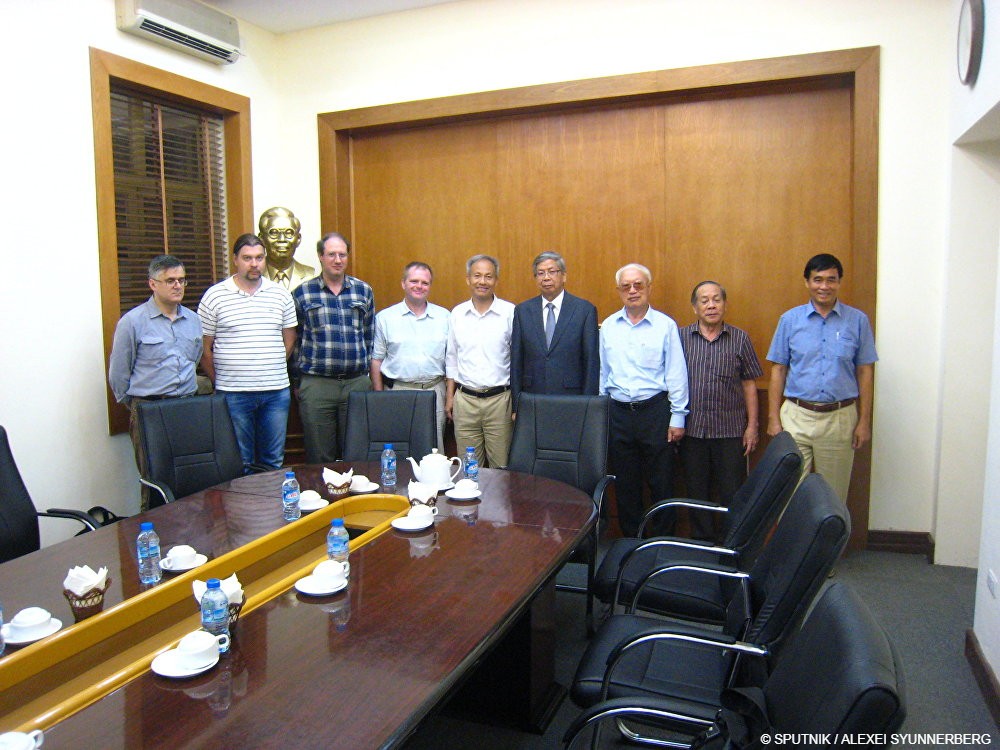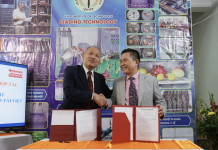14.07.2017
This is not an idle question. Like humans, waste on the our planet accumulates more and more.
On the oceans there are now several floating islands that are completely garbage with a few tens of kilometers in diameter obstructing maritime operations. Gyre Island located between the Hawaiian Islands and California has turned into the world’s largest landfill of 6,000 square kilometers. Coming here is mainly toxic plastic waste. This landfill is also called “Pacific Trash”. The Pacific Ocean here is completely dead sea.

The situation on the continents is also not better. Every day California’s landfill receives 1,600 vehicles with over 10,000 tons of garbage. The height of this landfill is 150 meters.

California’s landfill
A landfill in New York opened in 2001 is receiving a daily waste volume of 13,000 tons.

To get rid of the landfills there are different ways: landfill, incineration and recycling. Landfill requires a large area and causes irreparable damage to the environment. The incineration works only if the previous garbage is properly classified and separated waste paper and plastic, electronic and medical waste … In Europe, many different ways are used to motivate people to classify waste themself. For example, citizens actively participate in a separate waste collection program granted by Dutch authorities with special coupons on housing and social service fees.
If waste incineration is not classified, the amount of non-flammable waste will be deposited to one third of the original volume. This one-third number is much more toxic than the two-thirds burned. Not only that, but also creating extremely toxic, special gases such as dioxin in US herbicides sprayed on Vietnam.
In Vietnam, there is no task of sorting waste, people drop into the incinerator of various waste including extremely dangerous substances such as chlorine and fluorine, heavy metals – Sergey Popov, Head of the Laboratory at the Institute of Electrical Engineering in St. Petersburg said. He joined a group of Russian scientists visiting Vietnam at the invitation of VinIT Institute of Technology. In a meeting with local colleagues and entrepreneurs, he introduced them to a completely new technology – plasma gasification produced by his laboratory.

This technology has many advantages over classical waste incineration technology in waste treatment plants. 70% of the costs of these plants are gas cleaning systems, because every ton of waste burned produces 6 to 12 tons of toxic emissions. The method of gasifying plasma waste reduces this index to 1 ton of gas from 1 ton of waste. With the average temperature of plasma gasification is more than 1,500 degrees Celsius, all toxic substances will surely decompose to the atomic composition.

This means that technology does not require pre-sorting procedures and can be used for most hazardous chemical waste. The efficiency of plasma torch capacity of half Megawatt – the focal point of plasma gasification process, is 93%. Plasma rays turn waste into so-called synthetic gases, which can be used to generate electricity or produce some chemicals. As we mentioned with the conventional waste incineration method, it accounts for one third of the original waste, gasification of plasma for garbage residue is 0.25%!
Vietnamese experts appreciate the method of Russian scientists. As Professor of Moscow Power Engineering Institute, Shi Nguyen-Kuok, one of the founders of VinIT Institute of Technology said at a seminar between scientists of the two countries, this technique can be widely used, especially in Ha Noi where up to 5,000 tons of domestic waste and 16 tons of medical waste are daily.
During the recent visit to the Russian Federation, the President of Vietnam emphasized the need to expand cooperation between the two countries in the field of high technology. The meeting of recent Russian and Vietnamese scientists is an important step in this direction.
Resource: vn.sputniknews.com
















